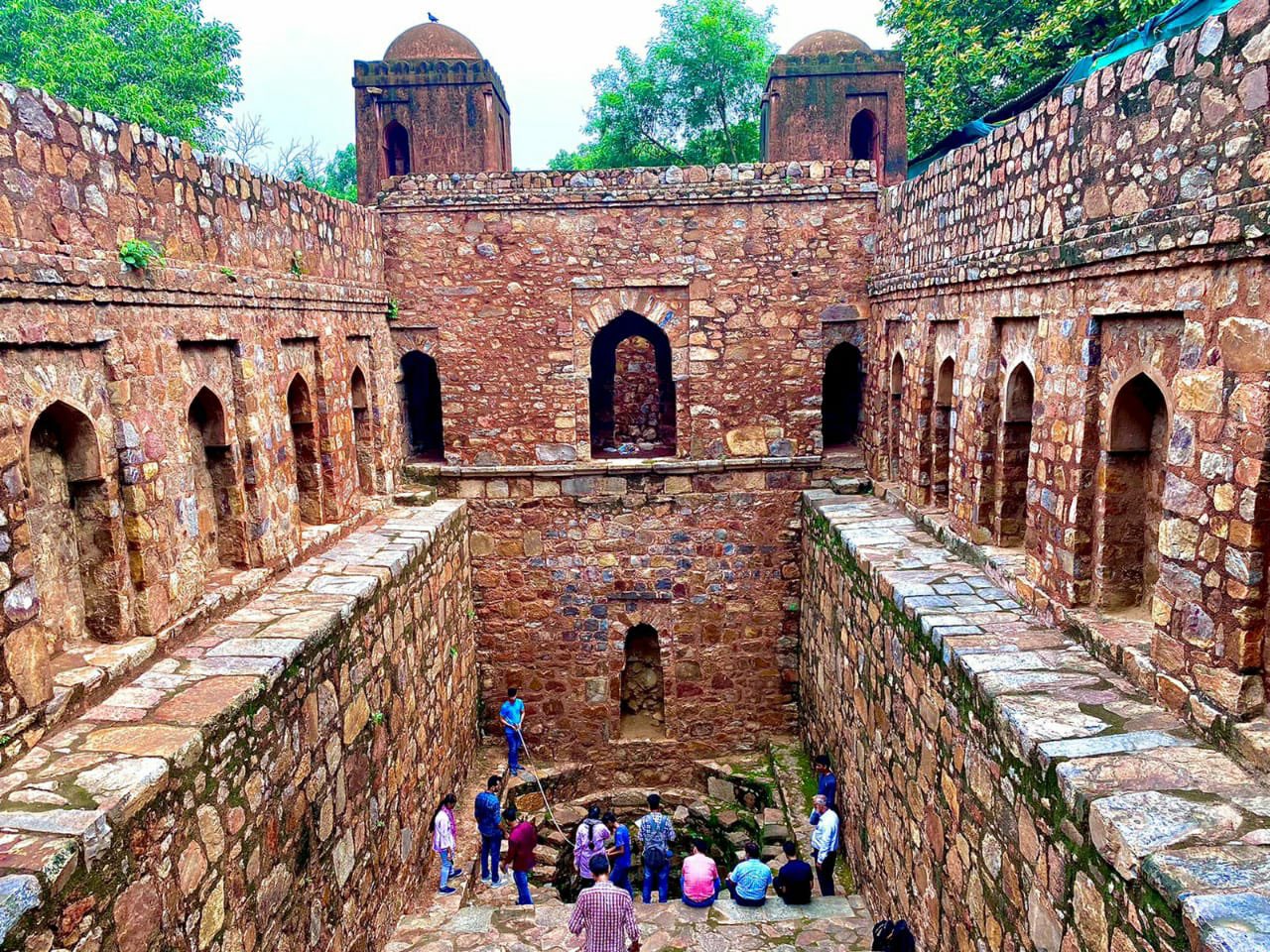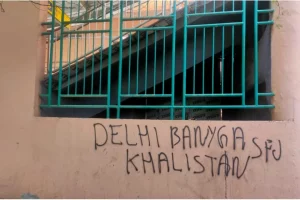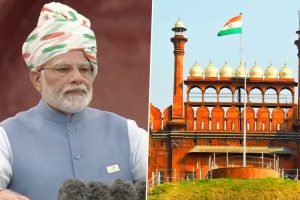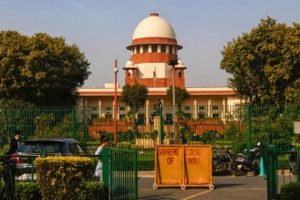With the Government emphasising on the need to preserve and revive water bodies for drinking, agriculture and other purposes, any effort in this direction is welcome. Doing this is a group of students and professors of Jamia Millia Islamia University who studied how to rejuvenate and preserve Delhi’s local water bodies for ensuring water security and community development.
Talking about the finding of this study, an official of the University remarked: “These historical heritages (sites) still have very sound potential to be preserved and rejuvenated. Rejuvenation plans and action for rejuvenating these water bodies have also been proposed.”
The water bodies studied by three groups of students – each having 15 students, and headed by a professor — were the Satpula water channel located near Khirki Masjid, Mehrauli Gandhak ki Baoli and Wazirpur Ka Gumbad’s baoli respectively. The teams collected information and details on these bodies and also visited Archaeological Survey of India, urban local bodies and horticulture departments of the Municipal Corporation of Delhi; Delhi Development Authority and locals.
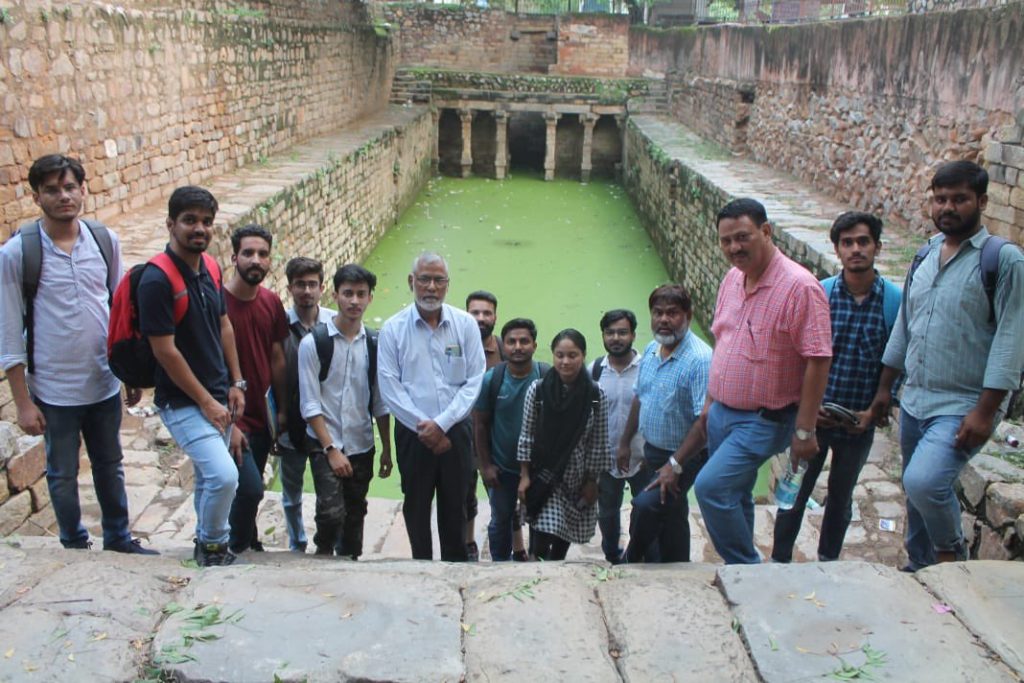
The teams found that there were encroachments around the water bodies and these water bodies had either been converted to dump waste or are without water.
The official also said: “Limited information was available about these water bodies. Due to modern practices of the water supply system, the relevance of these traditional water bodies in the societal context was somehow ignored. As a result, these historical heritages (sites) did not get due attention and are in pathetic condition.”
The project was assigned to Jamia’s Department of Civil Engineering by the All-India Council for Technical Education under the Union Ministry of Housing and Urban Affairs’ Mission Amrit Sarovar – Jal Dharohar Sanrakshan. The Ministry has identified over 300 culturally and historically significant water bodies across the country as part of the programme.






